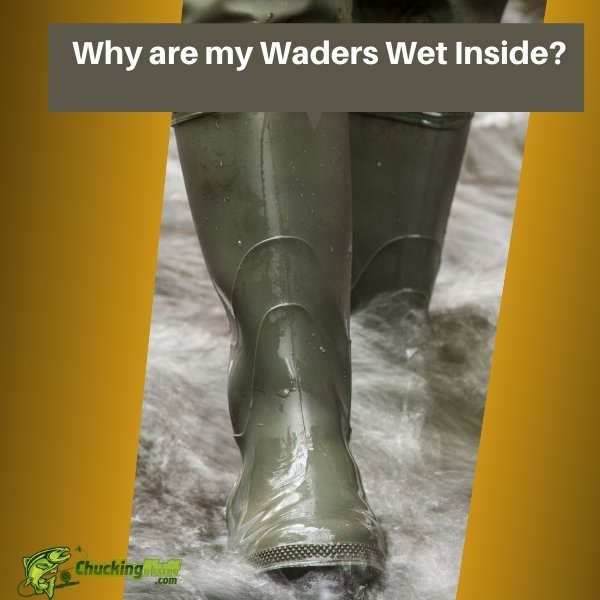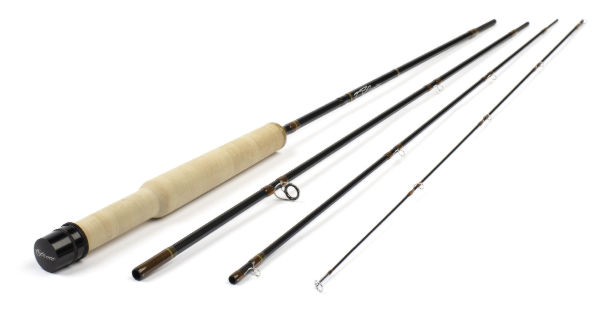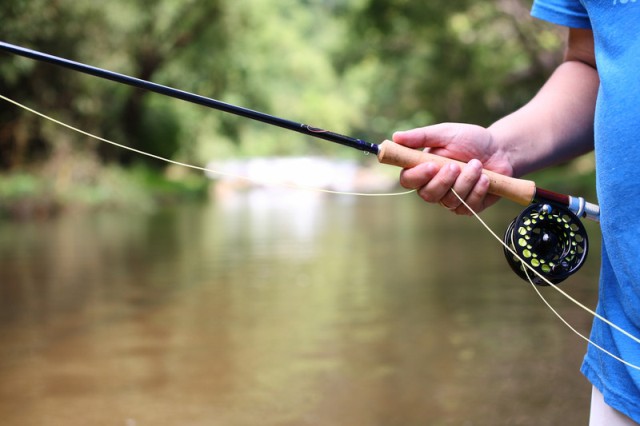| Disclosure: Just to be open and honest the buttons and links you click on in the website will in most cases take you to another website where you can purchase the products I am reviewing. As an Amazon Associate I earn from qualifying purchases. |
Why Are My Waders Wet Inside?

Wet waders aren’t fun to be in since they are a risk to your health, can slow down your movement, especially if drenched, and are generally uncomfortable.
Besides being at risk of getting cold-related illnesses, the stench from sitting long in wet waders is awful.
Also, you are constantly compromising the performance and longevity of this piece of gear if you often wear them wet.
So, why are my waders wet even if they are made from high-grade waterproof material?
Your waders are wet inside because of high condensation levels in the inner layers which leads to wetness after prolonged dampness.
It could also be because of wader leakage from puncturing, torn unraveled stitched or gaping seams that allow the entry of water.
Or, your waders didn’t dry completely after your last trip.
These are the primary reasons why you will feel wet when in your waders.
Keep reading to know how the causes of wader wetness comes about and how to counter them to ensure you are as dry as you can be for optimal performance on the water, comfort, and good health.
Quick Post Navigation
Why Are My Waders Wet Inside?
The most typical reason for wetness inside a pair of waders is leakage.
It is crucial to perform wader inspection as often as you can to check for weak or torn areas.
The fact that waders are manufactured from relatively tough and waterproof material doesn’t mean they aren’t susceptible to wear and tear.
Once you are aware of this and schedule inspections and maintenance, you are down to two possible causes in case you experience wetness inside your waders.
Wader Leakage
90% of the time, your waders are wet because they are leaking.
Leaking waders aren’t the best to fish in, though they can do the task if you maintain casting from the shores and not wade or get into the water at any point.
While it isn’t recommended, some dare devils still boat drift in leaking waders because of ignorance, feeling that their hard earned bucks are yet to be exhausted, or for the sake of lack of knowledge on wader repair.
Leakage could be from puncturing from sharp objects on transit to your fishing location, during casting (flying hooks are the biggest culprits) activities, or storage.
Bushes and thickets with thorns will hardly spare your waders, even if they are neoprene.
You want to walk in clear paths away from such hazards for the safety of your gear.
Store waders properly in areas away from rodents, pets, children, and sharp items that can harm your wader material.
And if the cause of wader leakage if from a manufacturing defect, reach out to the brand if your waders are within the warranty period for a replacement.
Condensation
The human body perspires and condensation builds up in the feet, legs, ankles, and knees, which is normal.
As the moisture escapes the body, it gets on the wader’s breathable membrane – warm air escapes leaving behind the moisture.
You will feel dampness on the outer surface of the wader’s inner layer, which won’t soak through your skin.
Depending on the situation, the dampness can get heavier leading to wetness.
Why are my waders wet inside yet I hardly sweat?
Remember that you don’t have to sweat or be extremely warm for condensation to occur.
It is a natural body process that occurs all the time.
To counter this, we recommend wearing breathable underneath layers even in winter.
Once the weather starts warming up, reduce the layers one after another, ensuring you aren’t exposing yourself to low temperatures.
Try various socks and pants combinations which are moisture-wicking and fast-drying for warmth while keeping dry.
Waders Not Drying Inside
Let’s demystify wader waterproofing and dryness: First, fishing wader manufacturers have advanced technologies to waterproof waders.
We are talking about technologies like Rivivex, Durable Water Repellent DWR technology, TX-Direct, and the rest.
Such processes allow wader fabric to bar entry of water from the outside to the inside layers – unless compromised, these work perfectly most of the time and can last decades with proper maintenance.
When water gets into your waders either from overhead splashes, accidentally dunking in water, leakage, or during washing, you are supposed to dry it out completely.
Wader crevices like pocket seams, hems, and hidden corners are known to hold water for a long time, and because of the materials it can stay wet for a long time until you dry them out.
There are different wader drying methods that work depending on how urgent you need your waders and the weather conditions.
Overall, dry your waders both sides to ensure all moisture has evaporated.
Otherwise, you will feel wet inside them the next time you wear your waders if water remained in unnoticeable places of your gear.
FAQs on Wader Wetness on the Inside
There is so much to be discussed about wetness inside waders, but we have tried to address the primary causes and how to counter them.
Here are more questions and answers to help you understand why you could be feeling wet in your waders.
Q) Can Leaking Waders Causing Wetness Be Repaired?
A) Yes, you can repair leaking waders if you know where the leakage is coming from.
Gaped seams can be sealed with Aquaseal, Seam Grip, or Tenacious tape.
You will have to be careful in case you need to re-stitch your waders, since doing it carelessly can worsen the problem instead of solving it.
Some instances like severe tears, punctures, and rodent damage are unsalvageable, forcing you to get a new pair of waders.
Q) Do Rubber Waders Get Wet Inside?
A) Sure! Rubber waders can get wet inside for the same reasons.
While they perform excellently in winter, the discomfort from wetness while in fishing action is worse than when wearing breathable waders.
Q) What Happens if My Waders Are Wet Inside and My Fishing Day Isn’t Over Yet?
A) It depends on the level of wetness you feel.
Remove the waders and dry with an absorbent cloth if the wetness is minimal.
You can hang or lay them flat on a mat to dry if the weather allows as you do tie more flies.
Generally, find a quick way of drying them without damaging the waders if the wetness is less.
If it doesn’t help, then your waders need more time to dry.
Conclusion
Why are my waders wet inside?
You could be feeling wet in your waders because of leakage, condensation, or the gear didn’t dry completely and water remained in its crevices.
While these are common occurrences, try as much as possible to be in dry waders.
Last update on 2025-06-18 / Affiliate links / Images from Amazon Product Advertising API
This product presentation was made with AAWP plugin.



